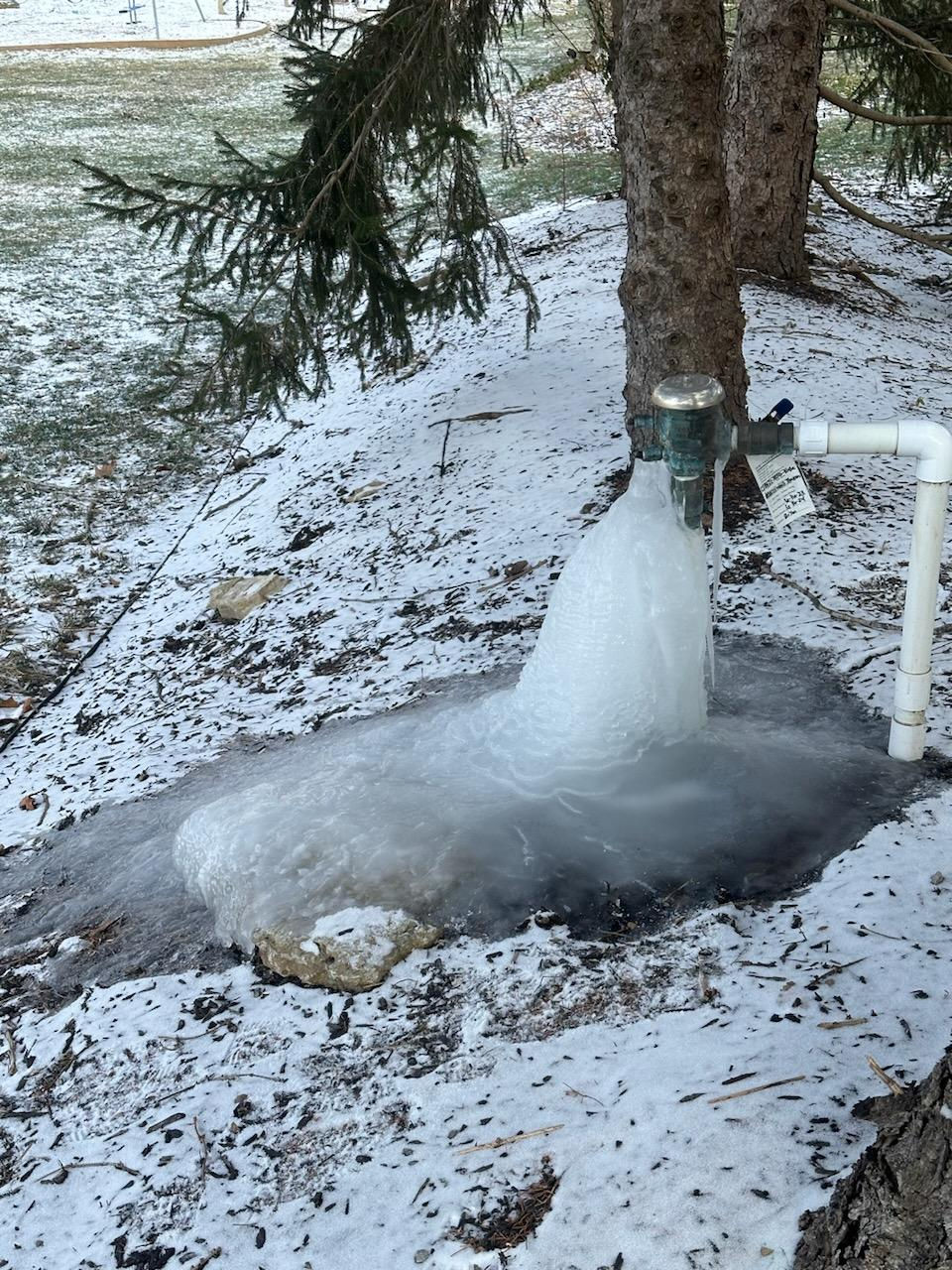Top Watering Tips You NEED to Know
- rhinds415
- Mar 13, 2023
- 2 min read

The lawn requires enough water to penetrate the depth of the roots exposure. As the temperatures rise you’ll need to water more often. An average of 1 to 1-1/2 inches per week is recommended in the summer and it can be spread evenly every other day.
Depending on the soil conditions it will determine how much water is required. Soil that has a lot of clay will retain the most water and may even cause puddles under the grass. Soils with a lot of sand will not hold as much water, therefore; more frequent watering is required. Lawns with water and slowly release it to the roots. Wind and sun exposure can also determine the amount of water considered. Too much wind or sun can accelerate evaporation and those shady areas may delay evaporation.
What happens if my lawn doesn’t get enough water? If the soil becomes too dry the lawn will not be able to satisfy its own requirements. This will cause the lawn to become weak and susceptible to changes in color, insect damage and disease.
Will over watering damage my lawn? Many lawns are damaged from excessive watering. This causes nutrients to become diluted and washed away. As a result, the lawn will require additional applications of fertilizer. Overwatering also allows the lawn to become weak. This leads to shallow roots causing it to become disease prone and weed infested.
What is the best time of day to water my lawn? Early mornings (before sunrise) when water pressure is greatest, evaporation is minimal and the lawn can absorb the greatest amount of water. Avoid watering after sunset because water that does not evaporate may cause disease. Do not water during the hottest part of the day because the sun will evaporate the water before it can soak the lawn. To water your lawn efficiently, it requires the right amount of water, evenly distributed, at the right time.
Will my irrigation system requires service? The system should be serviced at least twice per year. In the springtime, the sprinkler heads should be checked for proper adjustments and remove any grass or soil from around the heads. The controller should be checked for proper settings and operation. In the fall, the system will need to be winterized. This is done by attaching an air compressor to a special fitting in order to flush the water from the lines.




Comments